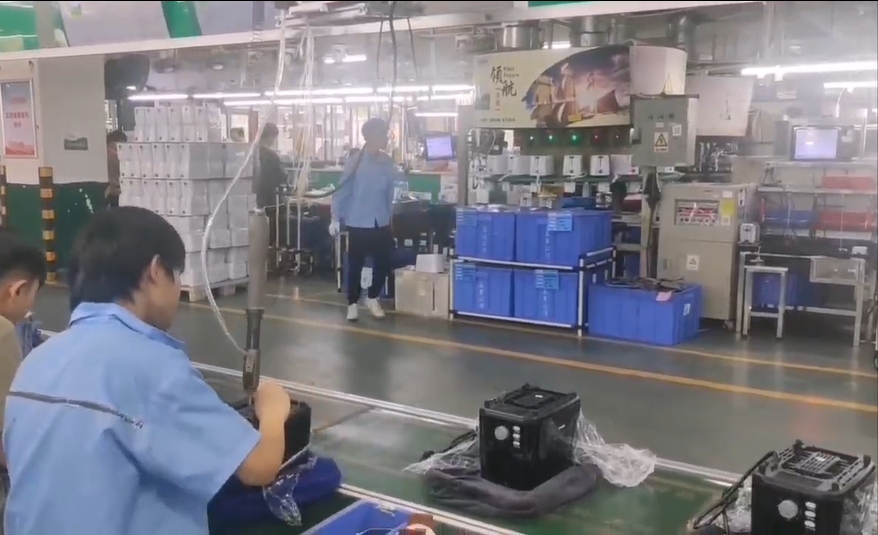Plate heat exchangers (PHEs) are widely recognized for their efficiency in transferring heat between two fluids. Their compact design and high surface area make them ideal for various applications, from HVAC systems to food processing and chemical industries. However, one critical aspect that engineers and operators must consider is the maximum temperature that a plate heat exchanger can handle. This article delves into the factors influencing the maximum temperature limits, the materials used in PHE construction, and the implications of operating beyond these limits.
The Basics of Plate Heat Exchangers
Before exploring the maximum temperature limits, it’s essential to understand how plate heat exchangers function. PHEs consist of multiple thin plates stacked together, creating channels for two fluids to flow in parallel but separated by the plates. The heat transfer occurs through the plates, allowing one fluid to heat or cool the other without mixing. This design maximizes surface area while minimizing the volume, making PHEs highly efficient.
Factors Influencing Maximum Temperature
- Material Composition: The materials used in the construction of a plate heat exchanger significantly influence its maximum operating temperature. Common materials include stainless steel, titanium, and various alloys. Stainless steel, for instance, can typically withstand temperatures up to 200°C (392°F) depending on the specific grade. In contrast, titanium can handle higher temperatures and is often used in applications involving corrosive fluids.
- Gasket Material: The gaskets used to seal the plates are also crucial. They must withstand the operating temperature and pressure without degrading. Common gasket materials include rubber, PTFE, and elastomers, each with different thermal limits. For example, PTFE gaskets can typically handle temperatures up to 260°C (500°F), making them suitable for high-temperature applications.
- Pressure Conditions: The maximum temperature is also influenced by the pressure at which the heat exchanger operates. Higher pressures can allow for higher temperatures, but this relationship is governed by the material properties and design specifications. Engineers must refer to the pressure-temperature ratings provided by manufacturers to ensure safe operation.
- Fluid Properties: The nature of the fluids being processed can also affect the maximum temperature. For instance, fluids with high thermal conductivity can transfer heat more efficiently, potentially allowing for higher operating temperatures. Conversely, fluids that are prone to fouling or scaling may necessitate lower temperatures to maintain efficiency.
Manufacturer Specifications
Each plate heat exchanger model comes with specific manufacturer guidelines that outline the maximum temperature and pressure limits. It is crucial for operators to adhere to these specifications to avoid compromising the integrity of the heat exchanger. Exceeding the maximum temperature can lead to gasket failure, plate deformation, and ultimately, system failure.
Implications of Exceeding Maximum Temperature
Operating a plate heat exchanger beyond its maximum temperature can have severe consequences:
- Material Degradation: High temperatures can lead to accelerated wear and tear on both the plates and gaskets, resulting in leaks and reduced efficiency.
- Safety Hazards: Exceeding temperature limits can create dangerous situations, including pressure build-up and potential explosions, especially in systems handling volatile fluids.
- Increased Maintenance Costs: Frequent repairs and replacements due to overheating can lead to increased operational costs and downtime.
Conclusion
Understanding the maximum temperature limits for plate heat exchangers is essential for ensuring their efficient and safe operation. Factors such as material composition, gasket type, pressure conditions, and fluid properties all play a critical role in determining these limits. Operators must consult manufacturer specifications and conduct regular maintenance to avoid the pitfalls of exceeding these thresholds. By doing so, they can maximize the lifespan and efficiency of their heat exchangers, ultimately leading to more reliable and cost-effective operations.


